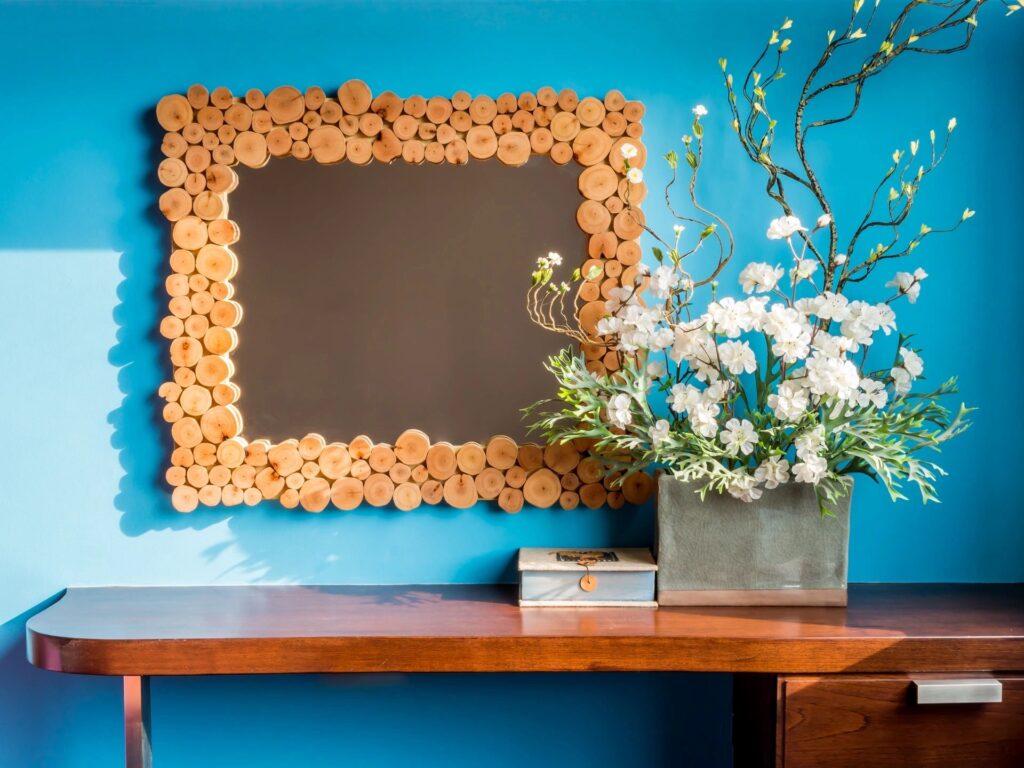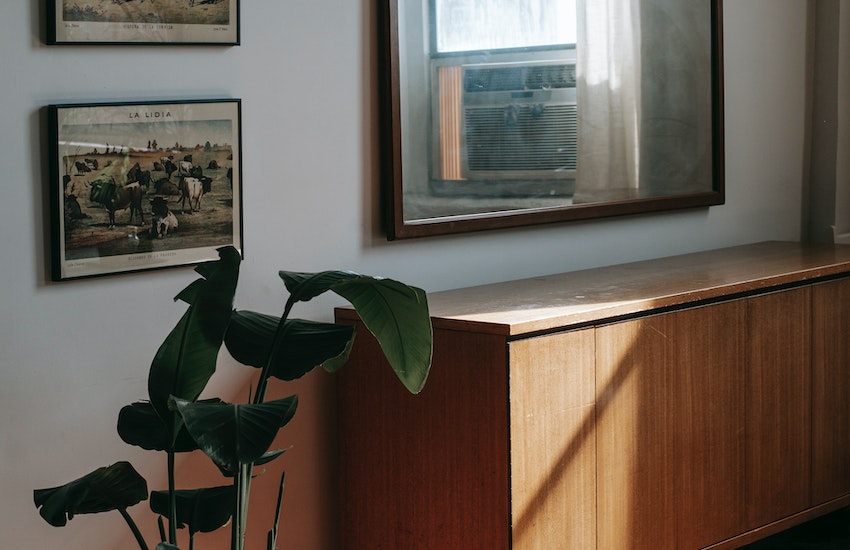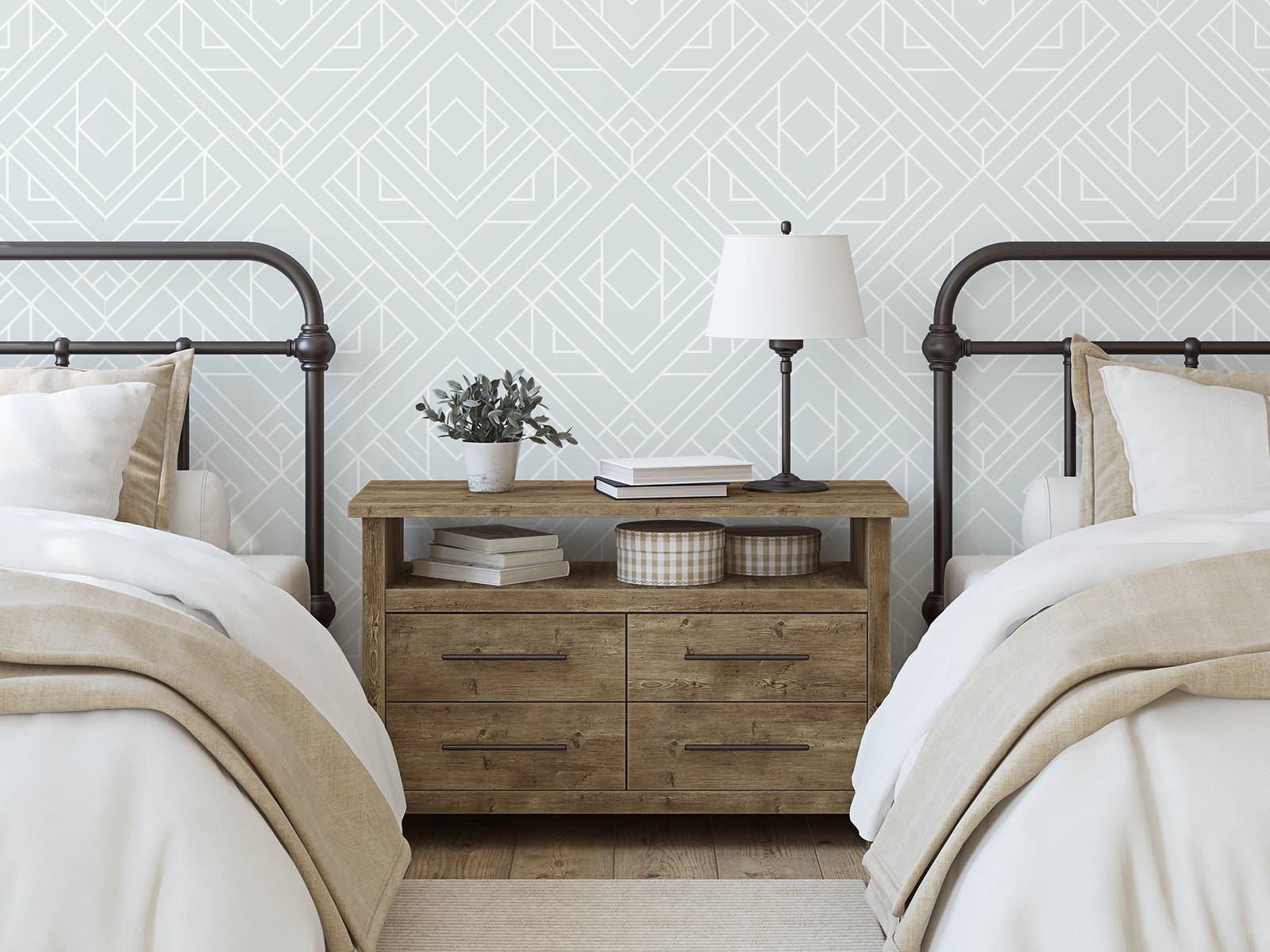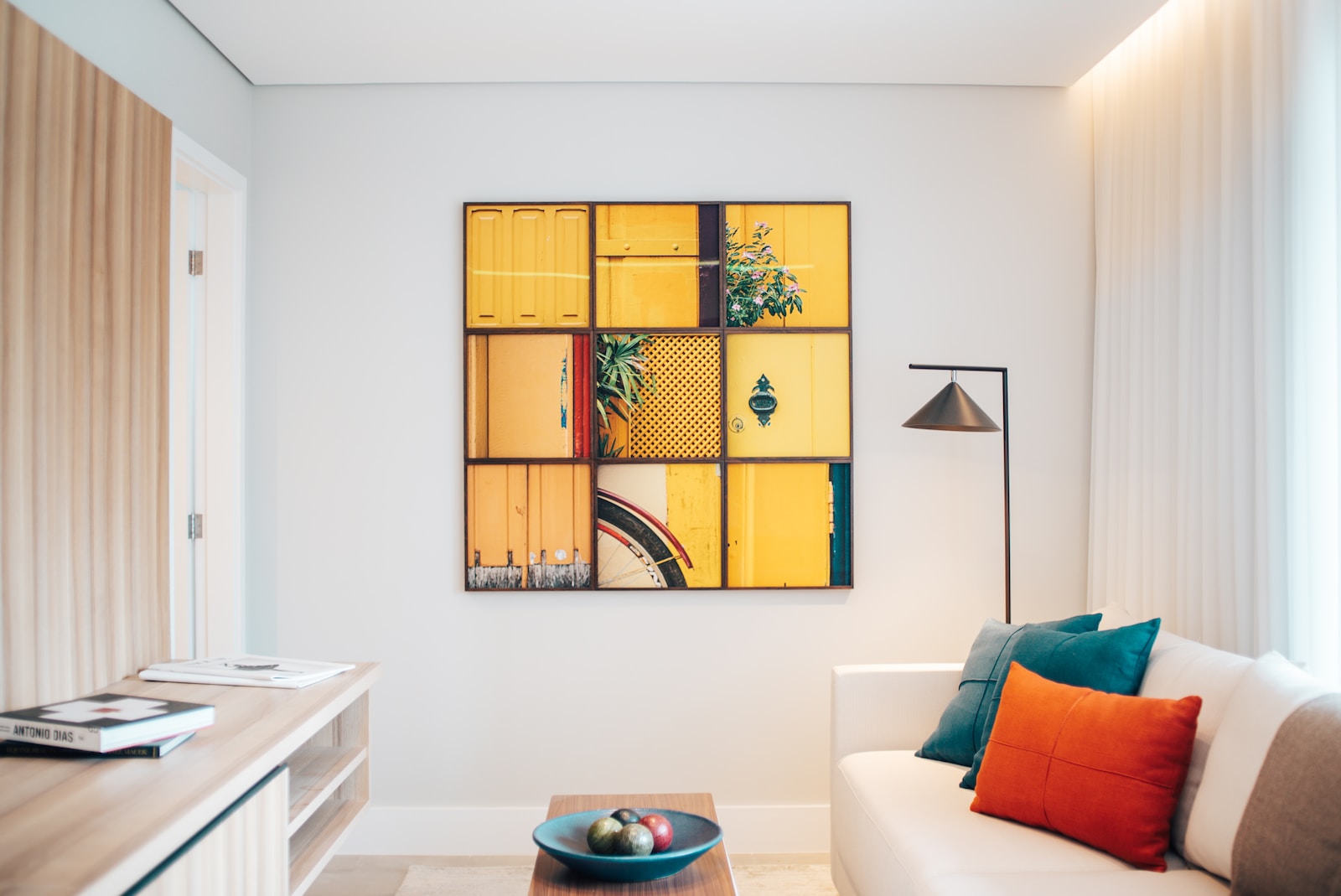Data shows that homes are getting smaller and smaller on average, and as a result, many people are looking for ways to incorporate nature into their homes in creative ways. One such way is by incorporating living walls into the design of their tiny home.

There are many benefits to having a living wall in your home. For one, it can help to purify the air quality inside your home. Plants naturally absorb harmful toxins and pollutants from the air, so having a living wall full of plants can help to create a healthier environment inside your home.
That said, let’s talk about how you can go about incorporating a living wall into your tiny home.
1. Decide on the Location of Your Living Wall
The first step is to decide on the location of your living wall. You’ll want to choose a spot that gets plenty of light so that your plants can thrive. A south-facing wall is ideal, but you can also put your living wall near a window if necessary.

2. Choose the Right Plants
Once you’ve decided on the location of your living wall, it’s time to start thinking about which plants you want to use. There are a few things to keep in mind when making your selection.
First, consider the amount of light that the location gets. If it’s a south-facing wall, you’ll have plenty of light to work with and can choose just about any type of plant. If it’s a north-facing wall or is located near a window, however, you’ll want to stick with plants that don’t require as much light to thrive.
Second, think about the size of your living wall. If it’s a large wall, you can go with bigger plants. If it’s a small wall, or if you want a more delicate look, choose smaller plants.
Finally, pick plants that will complement the overall style of your home. If you have a modern home, for example, you might want to stick with succulents or other types of desert plants. If your home has a rustic feel, on the other hand, you might want to choose vines or other types of plants that have a more organic look.
3. Prep the Area
Once you’ve chosen the location and plants for your living wall, it’s time to start prepping the area. If you’re starting from scratch, you’ll need to install a frame to support the plants. This can be anything from a wooden frame to a wire trellis.
If you’re not starting from scratch, however, you can simply attach the plants to the wall using screws, nails, or adhesive strips. Whichever method you choose, make sure that the frame or attachment points are strong enough to support the weight of the plants.

4. Plant Your Wall
Now it’s time to start planting! Begin by adding a layer of soil to the frame or attachment points. Then, add your plants, making sure to space them out evenly. Once all of the plants are in place, water them well and give them a few days to adjust to their new home.
Living walls are a great way to bring nature into your home, and by following these steps, you can easily incorporate one into your tiny home. Just remember to choose the right location, plants, and frame or attachment points, and you’ll be well on your way to enjoying your very own living wall.
Best Plants for Living Walls
Now that we’ve gone over how to incorporate a living wall into your tiny home, let’s talk about some of the best plants to use. Here are a few of our favorites:
- Succulents: Succulents are a great choice for living walls because they don’t require much water or maintenance. They come in a wide variety of shapes and sizes, so you can easily find ones that fit your space. Plus, they add a unique and stylish touch to any home.
- Vines: Vines are another good option for living walls. They can add a touch of greenery to any space, and they’re perfect for covering up an unsightly wall or piece of furniture. Just make sure to choose vines that are appropriate for the amount of light in your location.
- Herbs: Herbs are not only beautiful, but they’re also useful! You can plant a living wall full of herbs and then use them in your cooking or for other purposes. Plus, they have a pleasant scent that will make your home smell great.
- Flowers: Flowers are another good option for living walls. They come in a wide variety of colors and can really brighten up a space. Just be aware that some flowers require more maintenance than others, so be sure to choose ones that are appropriate for your level of care.
- Moss: Moss is a great option for living walls because it doesn’t require much light or water to thrive. Plus, it has a unique look that can really add character to your space. Just make sure to choose a type of moss that is appropriate for the amount of light in your location.
- Tillandsia Air Plants: Air plants are a great choice for living walls because they don’t require any soil or water. Plus, they come in a wide variety of shapes and sizes, so you can easily find ones that fit your space. Just be aware that air plants do require some maintenance, so be sure to choose ones that are appropriate for your level of care.
These are just a few of the best plants for living walls. If you’re not sure which ones to choose, talk to a gardening expert or visit your local nursery for more ideas. Stay safe and have a good one, folks!



